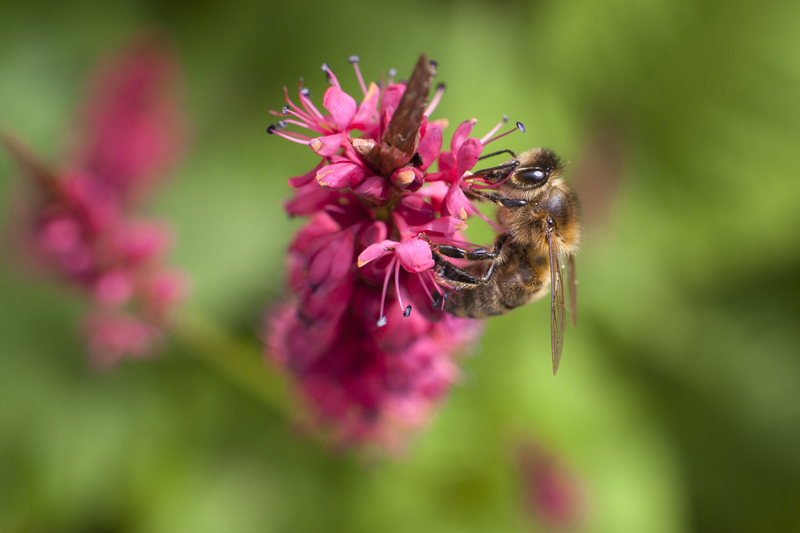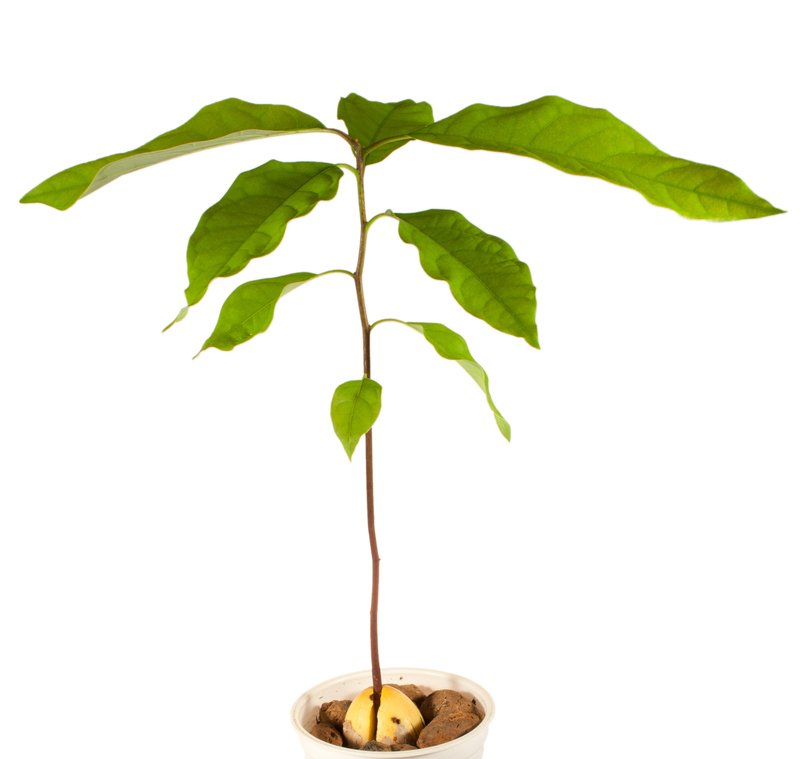Identifying Heat Stress in Your Lawn
Posted on 09/10/2025
Identifying Heat Stress in Your Lawn
Maintaining a lush, green lawn during the scorching summer months can be a challenging task. It's essential to recognize the signs of heat stress early to take appropriate action and prevent long-term damage. In this article, we'll delve into how to identify heat stress in your lawn, offer some tips for mitigation, and discuss the pros and cons of different approaches. Let's get started.
What is Heat Stress?
Heat stress occurs when your lawn receives excessive heat and insufficient water. The grass struggles to maintain its normal functions, leading to visible signs of distress. Understanding these signs is the first step in diagnosing and addressing the problem.

Signs of Heat Stress in Your Lawn
1. Discoloration and Wilting
One of the most apparent signs of heat stress is the discoloration of grass blades. They may turn from a vibrant green to a dull brown or yellow. Additionally, the blades may begin to wilt and become less rigid. This loss of turgor pressure is a clear indicator that your lawn is not receiving enough water.
2. Footprinting
Another sign to look out for is "footprinting." If you walk across your lawn and notice that your footprints remain visible for an extended period, this is a strong indication of heat stress. Healthy, well-watered grass will quickly spring back into shape, while stressed grass will stay flattened.
3. Thinning Grass
A heat-stressed lawn often starts to thin out. Patches of grass may die off, leaving bare spots. This is because the grass is unable to photosynthesize effectively and cannot combat the high temperatures.
4. Dry Soil
Checking the soil is another method to identify heat stress. Dry, cracked soil is a sign that your lawn is not receiving enough moisture. Proper soil hydration is crucial for grass health.
Tips for Mitigating Heat Stress
1. Watering Techniques
Proper watering is vital to combat heat stress. Water your lawn deeply and infrequently, preferably early in the morning. This allows the water to soak deep into the soil, encouraging roots to grow deeper and access more moisture.
2. Mowing Strategies
Adjust your mower to a higher setting during the hot months. Taller grass provides shade to the soil, reducing evaporation and conserving moisture. It also helps the grass develop deeper roots, making it more resilient.
3. Fertilization
Use a balanced fertilizer with slow-release nitrogen to promote healthy growth without over-stressing the grass. Avoid fertilizing during peak heat, as this can exacerbate the problem.
4. Aeration
Regular aeration can improve soil structure, allowing water and nutrients to penetrate more easily. This helps the grass roots grow stronger and more resilient to heat stress.
Pros and Cons
Pros of Addressing Heat Stress
- Improved Lawn Health: Proper care leads to a healthier, greener lawn.
- Enhanced Aesthetic Appeal: A well-maintained lawn adds to the beauty of your property.
- Increased Resilience: A strong lawn is better equipped to handle future stresses.
Cons of Addressing Heat Stress
- Time-Consuming: Implementing proper lawn care techniques can be time-intensive.
- Cost: There may be costs associated with watering, fertilization, and aeration.
- Requires Knowledge: Understanding the specific needs of your lawn requires some research and experience.

Takeaways
- Recognize signs such as discoloration, footprinting, thinning grass, and dry soil.
- Implement appropriate watering, mowing, fertilization, and aeration techniques.
- Understand the pros and cons of addressing heat stress.
- Regular maintenance is key to preventing heat stress.
Conclusion
Identifying and addressing heat stress in your lawn is essential for maintaining a healthy and attractive yard. By recognizing the signs early and implementing proper care techniques, you can help your lawn withstand the challenges of the summer months. While it may require some effort and investment, the rewards of a lush, green lawn are well worth it.
By following these tips and being proactive, you can ensure that your lawn remains a vibrant and enjoyable part of your home all summer long.




